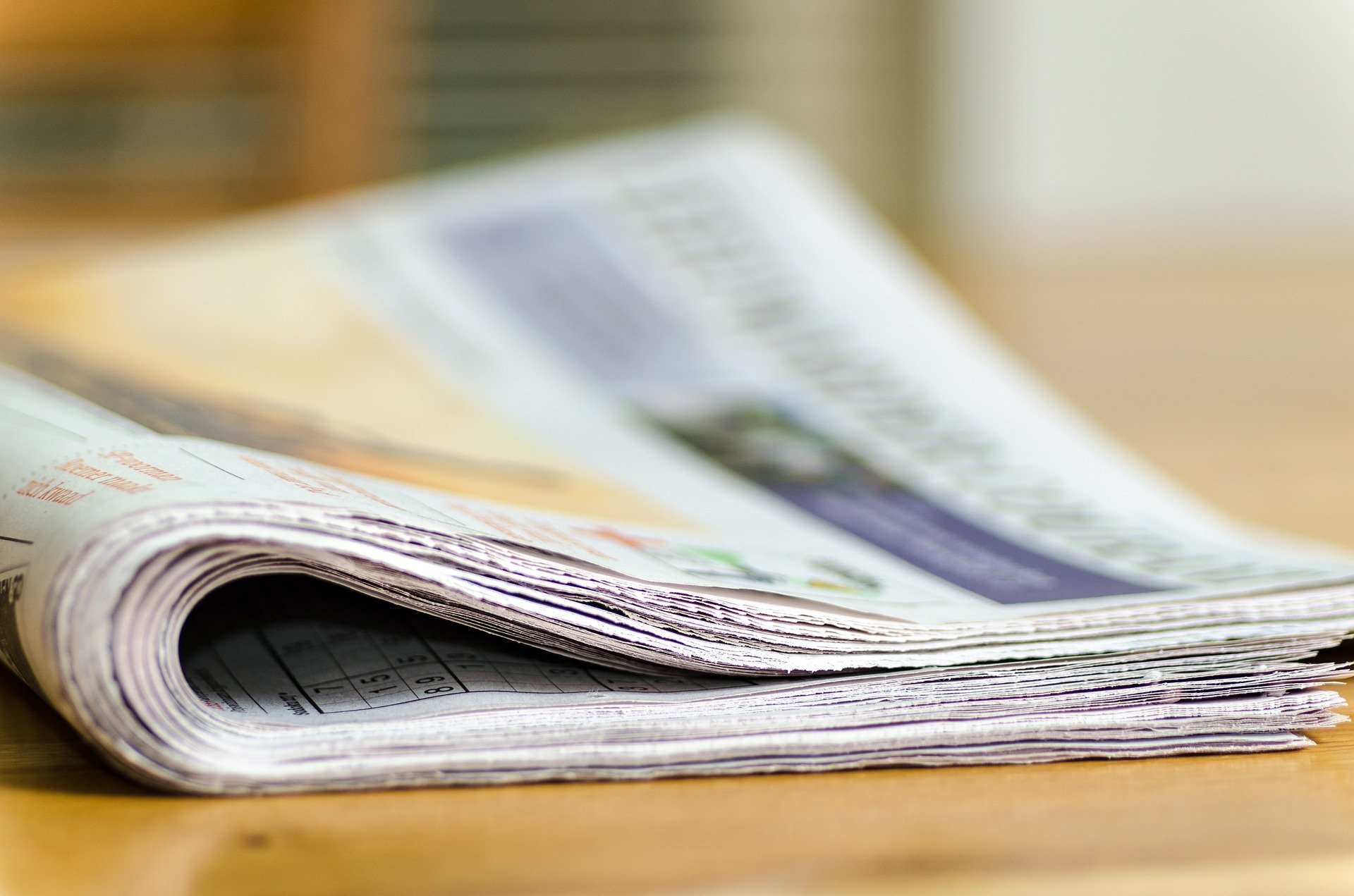The economy’s resurgence from the pandemic shock has had a singular driving force: the consumer. Flush with savings and buoyed by a sizzling labor market, Americans have spent exuberantly, on goods such as furniture and electronics and then on services including air travel and restaurant meals.
How long this spending will hold up has become a crucial question.
Despite contortions in world markets, many economists are cautioning that there is no reason to panic — at least not yet. In July, there was a notable slowdown in hiring and a jump in the unemployment rate to its highest level since October 2021, but consumer spending has remained relatively robust. Wages are rising, though at a slower rate, and job cuts are still low.
“Overall, there isn’t evidence of a retrenchment in consumer spending,” said Gregory Daco, chief economist at the consulting firm EY-Parthenon. The strength of spending helped power greater-than-expected economic growth in the spring.
That could change if the labor market’s slowdown accelerates.
Already, some consumers, especially those with lower incomes, are feeling the dual pinch of higher prices and elevated interest rates that are weighing on their finances. Credit card delinquencies are rising, and household debt has swelled. Pandemic-era savings have dwindled. In June, Americans saved just 3.4 percent of their after-tax income, compared with 4.8 percent a year earlier.
On calls with investors and in boardrooms around the country, corporate executives are acknowledging that customers are no longer spending as freely as they used to. And they are bracing themselves for the slide to continue.
“We are seeing cautious consumers,” Brian Olsavsky, Amazon’s chief financial officer, said on a call with reporters last week. “They’re looking for deals.”
Thank you for your patience while we verify access. If you are in Reader mode please exit and log into your Times account, or subscribe for all of The Times.
Thank you for your patience while we verify access.
Already a subscriber? Log in.
Want all of The Times? Subscribe.

